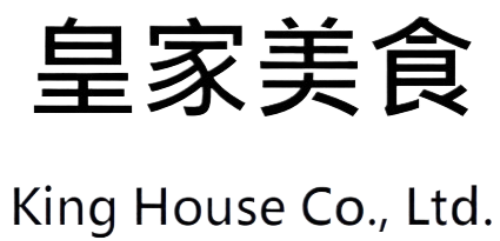- About Us
- News
- Brand Map
- Investor
Board of Directors
Important Regulations
Succession Planning
Risk Management
The Audit Committee
Remuneration Committee
Corporate Governance Officer
Accountant Independence Assessment
Intellectual Property Management Plan
Integrity Management And Other Implementation Situations
Functional Committee Performance Evaluation Results
Communication Situation Between Independent Directors And Accountants
- ESG
Social Responsibility
- Contact US
Stakeholder Communication Management and Response Methods
At the beginning of the preparation of this report, the sustainability project team will take stock of the stakeholders corresponding to the business of each department, and preliminarily screen out eight types of stakeholders: customers/customers, employees/directors, shareholders, suppliers, academic institutions (cooperative schools), government agencies and neighboring communities, and in accordance with the AA1000 SES Stakeholder Consultation Principle (AA1000). Stakeholder Engagement Standard) identifies stakeholders (Dependence, Influence, Tension, Responsibility, and Multiple Perspectives) to identify five main stakeholder groups: customers/customers, employees, company executives, shareholders, and suppliers. Then, the sustainability project team analyzes and understands the issues that stakeholders are concerned about, and establishes a list of topics with reference to the characteristics of the industry.
King House will continue to observe the changing trend of ESG sustainability issues and track the achievements of promoting ESG sustainability goals, and collect and respond to feedback and suggestions from stakeholders through multiple communication channels. At the same time, through the stakeholder communication and negotiation mechanism, we regularly or irregularly use different platforms to interact with stakeholders to carry out implementation and implementation investigations on environmental, social (including human rights) and corporate governance issues, hoping to identify, prevent, mitigate and explain the procedures for responding to the actual or potential negative impacts and positive impacts of each issue.
Frequency and channels of communication on issues of concern to stakeholders:
interested parties | Important issues of concern | Communication channels and response methods | Implement performance |
|---|---|---|---|
Government Agencies | Integrity Management Labour Relations Occupational Safety and Health |
|
|
Shareholders and Investors | Business Performance Compliance |
|
|
Staff | Labor-Employer Relationship Occupational Safety and Health Education Training Employee Benefits Employee Compensation and Benefits |
|
|
Client | Product Quality After-Sales Service Customer Privacy Compliance Innovating |
|
|
Supplier | Business Performance Product Quality Supplier Evaluation Product Regulatory Compliance |
|
|
